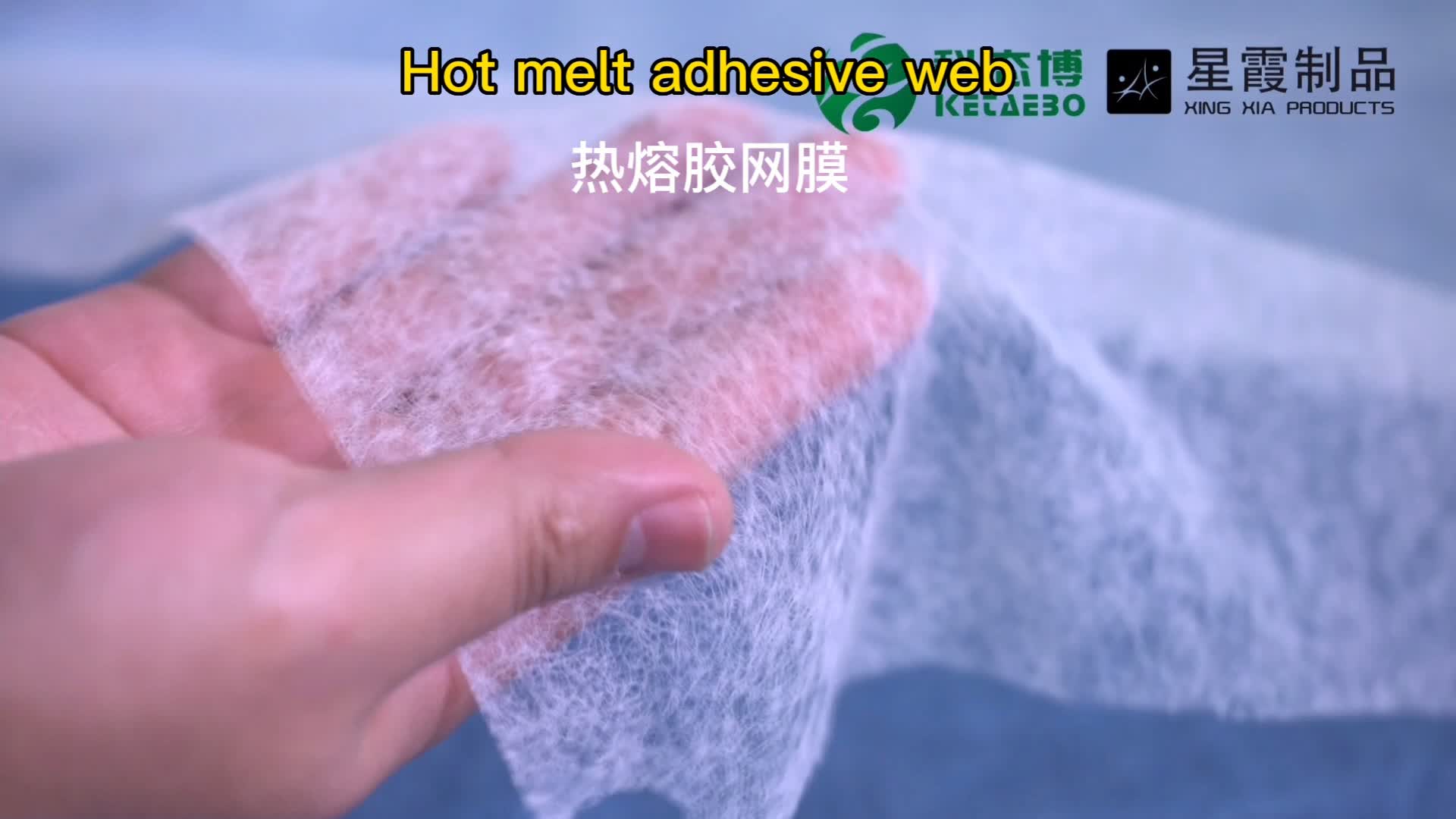If regular glue is used to adhere cartons made of low-quality materials, then the ability of the box body to protect the contents while being shipped will be greatly diminished, and the box may become brittle when the temperature drops below freezing. In addition, the ability of the box body to protect the contents while being shipped will be greatly diminished. To restate, in contrast to pressure-sensitive adhesives, the hot melt adhesive used for expedient case sealing typically consists of colloidal particles of a smaller size. This distinction is important to note because hot melt adhesives are used. It is essential to keep this in mind due to the widespread application of pressure-sensitive adhesives. You will be able to differentiate between the bonding effects caused by the hot melt adhesive particles and those caused by the pressure sensitive adhesive box once you have forcibly opened the closed carton. This is a possibility as a result of the various kinds of adhesives that are utilized in each. The slag that is left behind by the hot melt adhesive does not have the tear that is characteristic of the pressure sensitive adhesive where the glue is located. This is because the hot melt adhesive is applied at a higher temperature.
This is useful information because it can be used to determine whether the hot melt adhesive used in the sealing was pressure sensitive adhesive or rubber particles. This is a useful piece of information because polyolefin hot melt adhesive film can be used to determine whether or not it was rubber particles. Utilizing the information in such a helpful manner is a good idea.
It is possible to differentiate one type of TPU hot melt adhesive film from the production of the other two types of TPU hot melt adhesive film based on the melting points at which each type of TPU hot melt adhesive film is produced. The third variety is a high-temperature TPU hot melt adhesive film, also known simply as "hot melt."Because it was manufactured at a low temperature, the TPU hot-melt adhesive film does not have the properties of elasticity or stretch, and as a result, Polyolefin hot melt adhesive film cannot be stretched. The color has a finish that is described as being matte white. In contrast, the TPU hot-melt adhesive film has both elasticity stretch and a transparent color, and both its medium-temperature melting point and its high-temperature melting point are specified within the melting point range. Additionally, both of these melting points are specified in the melting point range. In addition, there is no color whatsoever throughout the entirety of the film. The TPU hot melt adhesive film, which has a low temperature at which polyolefin hot melt adhesive film melts, is going to be the primary topic of discussion in this piece of writing. The melting point of this film is low.
Additionally, Polyolefin hot melt adhesive film is frequently necessary to use hot melt adhesives of varying consistencies in the same bonding application during the different seasons
-
This is due to the fact that the consistency of the hot melt adhesive changes depending on the temperature
-
This is because of the fact that the temperature affects the consistency of the hot melt adhesive in a way that can cause this result
-
The reason for this is that the temperature has an effect on the consistency of the hot melt adhesive in such a way that can lead to the occurrence of this effect
-
This is due to the fact that increasing the temperature of hot melt adhesive results in a change in the consistency of the adhesive, and it is this change that is responsible for the aforementioned result
The production of industrial goods, as well as the packaging and decoration industries, both large and small, make extensive use of hot-melt adhesives. This is due to the many benefits that hot-melt adhesives provide, such as the fact that they are easy to use, that they cure quickly, that they have strong adhesion, and that they can be applied to a wide variety of different materials. In addition, hot-melt adhesives have strong adhesion.
The polyamide resin has a higher melting point as a result of the hydrogen on the amide group being able to combine with the electron-donating carbonyl group on another segment of the amide group to form a strong hydrogen bond. This will, as a direct result of what just happened, cause the resin to have a higher melting point. These characteristics are going to get better as the resin moves in the opposite direction, which is a decrease in molecular weight. This will, in general, increase the desirability of the resin. Hot melt adhesives that are made of polyamide are more resistant to heat than hot melt adhesives that are made of ethylene-vinyl acetate copolymer. This is due to the fact that polyamide has a higher softening point than ethylene-vinyl acetate copolymer. This is due to the fact that the melting point of polyamide is higher.

When it comes to hot melt adhesives, what is the most notable difference between the melting point and the softening point, and why is polyolefin hot melt adhesive film important to make this distinction? These two things are different from one another in the ways that are outlined in the list that follows, which is comprised of the items that are as follows:The temperature at which a hot-melt adhesive starts to become more malleable is what is meant when the term "softening point" is used in the context of the industry. This temperature is expressed as a number of degrees in Celsius.
